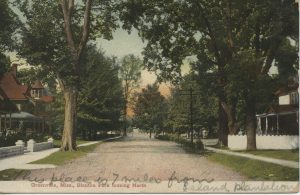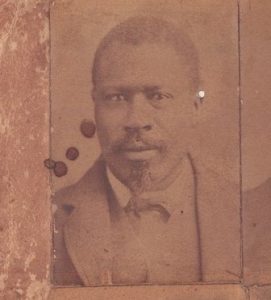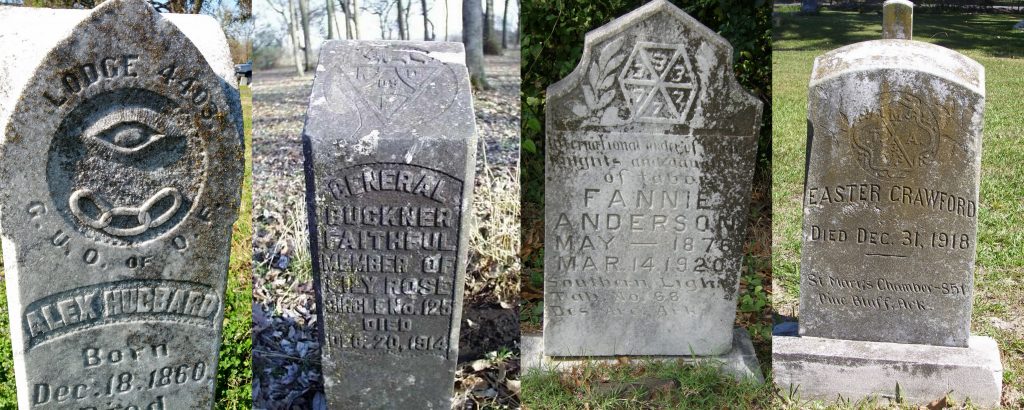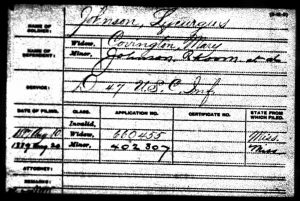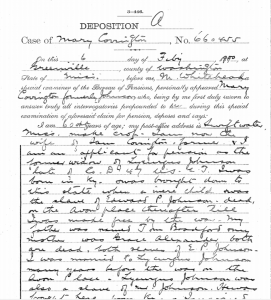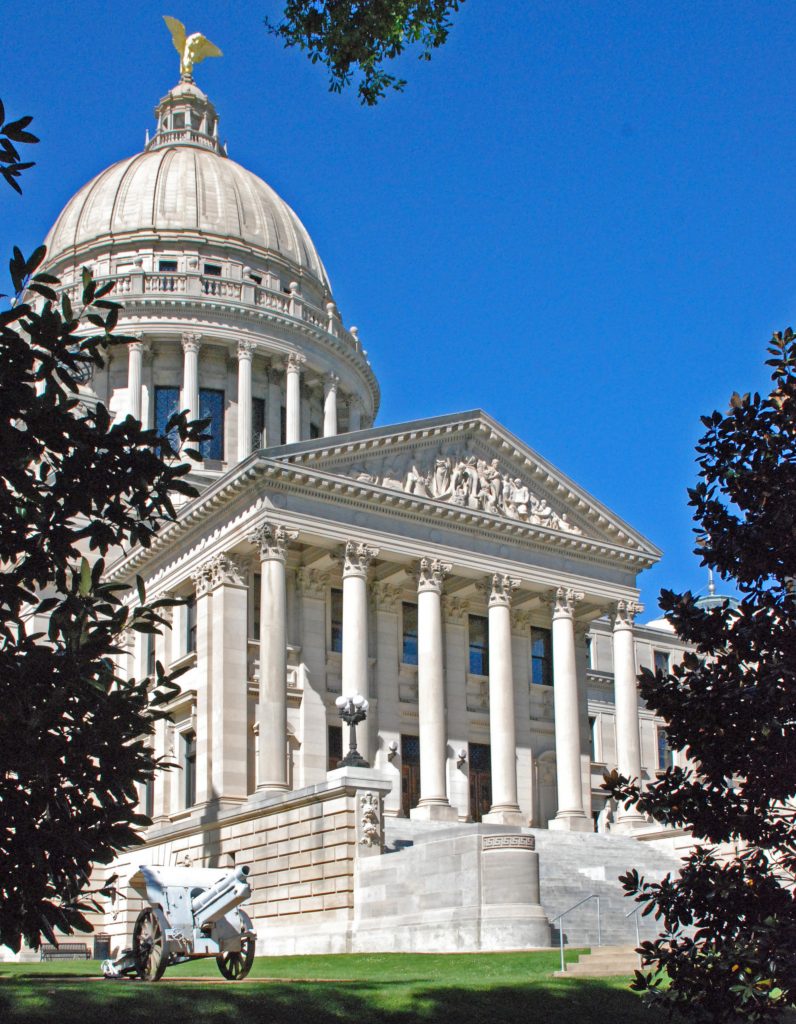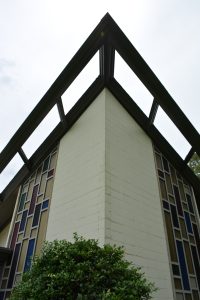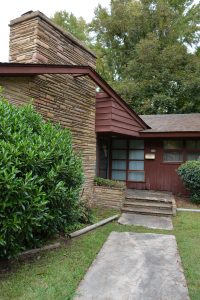Lakeport Legacies · September 27 · Casqui and Hernando de Soto’s Cross: Is Parkin the Place? · Dr. Jeffrey Mitchem (Arkansas Archeological Survey)
Casqui and Hernando de Soto’s Cross: Is Parkin the Place?
Dr. Jeffrey Mitchem
(Arkansas Archeological Survey-Parkin Research Station)
Thursday, September 27
Refreshments & Conversation @ 5:30 pm
Program @ 6:00 pm
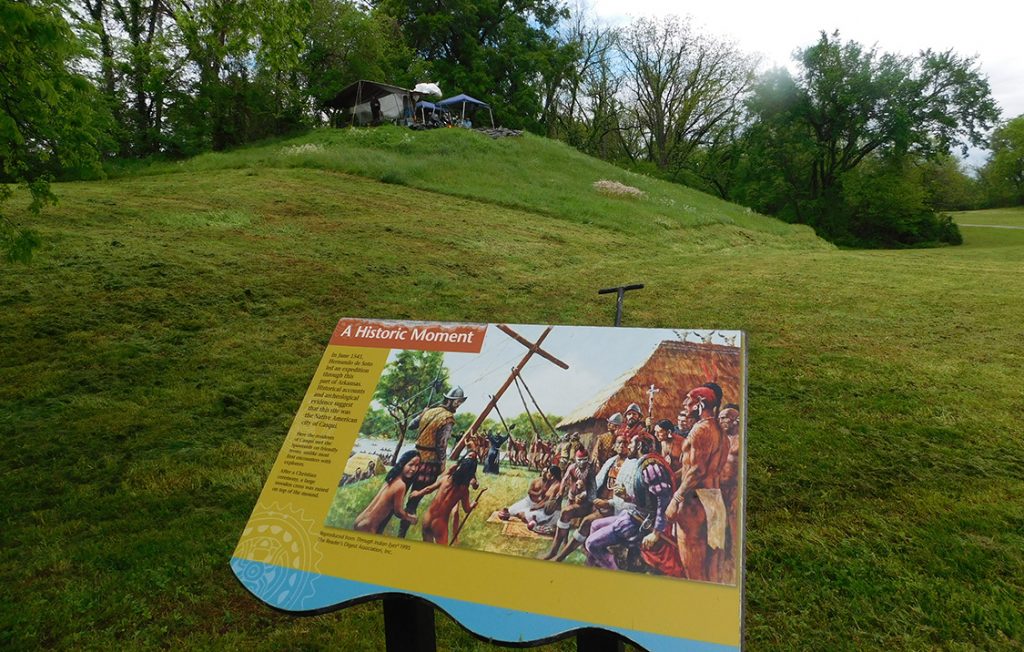
All four de Soto narratives describe the erection of a cross on the main ceremonial mound at Casqui. The site has been a National Historic Landmark since 1964 and an Arkansas State Park since 1994. Photo courtesy The Archaeological Conservancy.
On July 5, 1541, the Hernando de Soto expedition erected a large wooden cross atop the main ceremonial mound at Casqui. That site is believed by archeologists to be the Parkin Site in Cross County, Arkansas.
In 1966, archeologists discovered the remains wooden post atop in the main ceremonial mound. While samples taken in 1966 dated to the post to between (1515-1663). A new excavation of the post in 2016 holds the promise of precision and a date closer to de Soto’s arrival in what is now eastern Arkansas.
Please Register for this FREE event.
(by phone, email or online)
870.265.6031 ·
601 Hwy 142 · Lake Village, AR 71653

